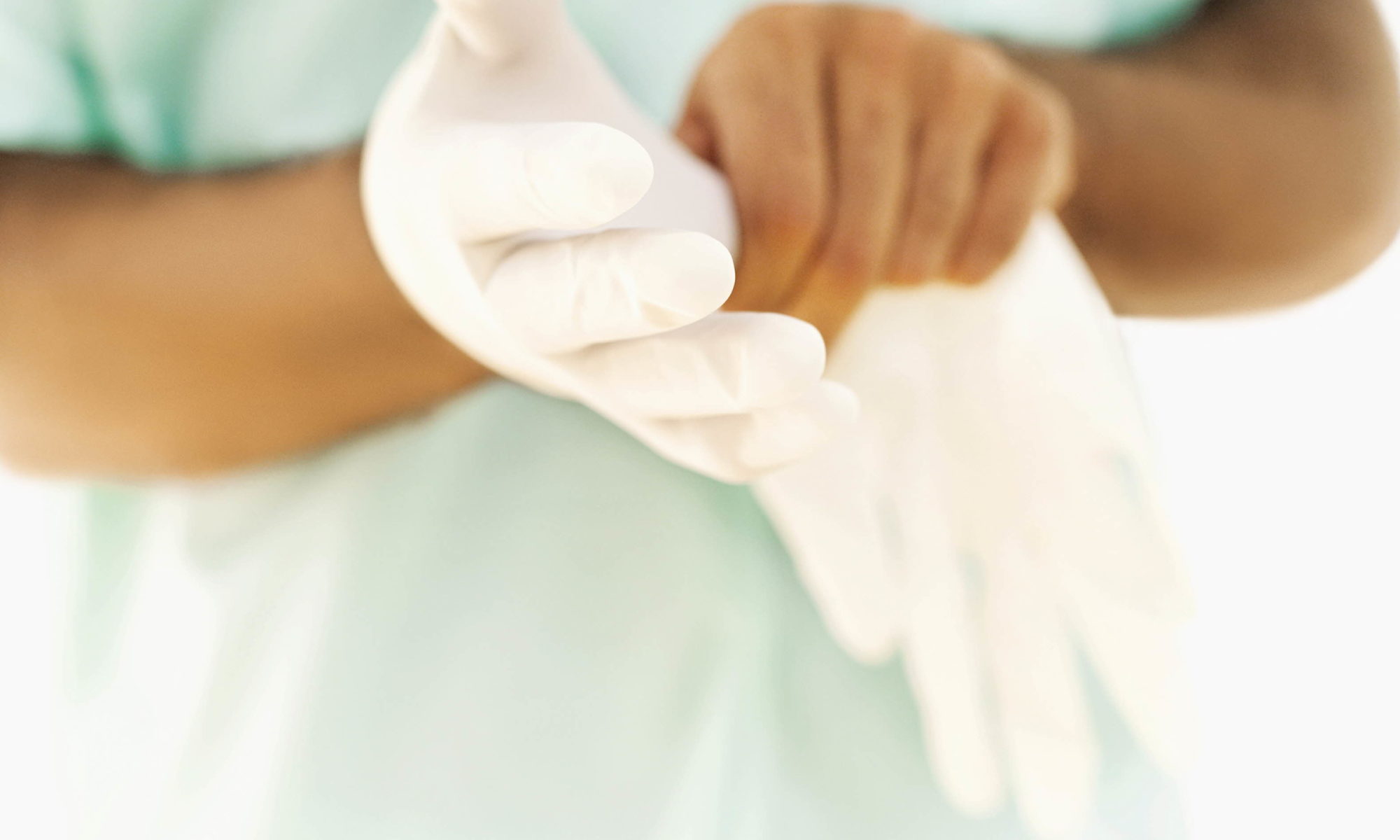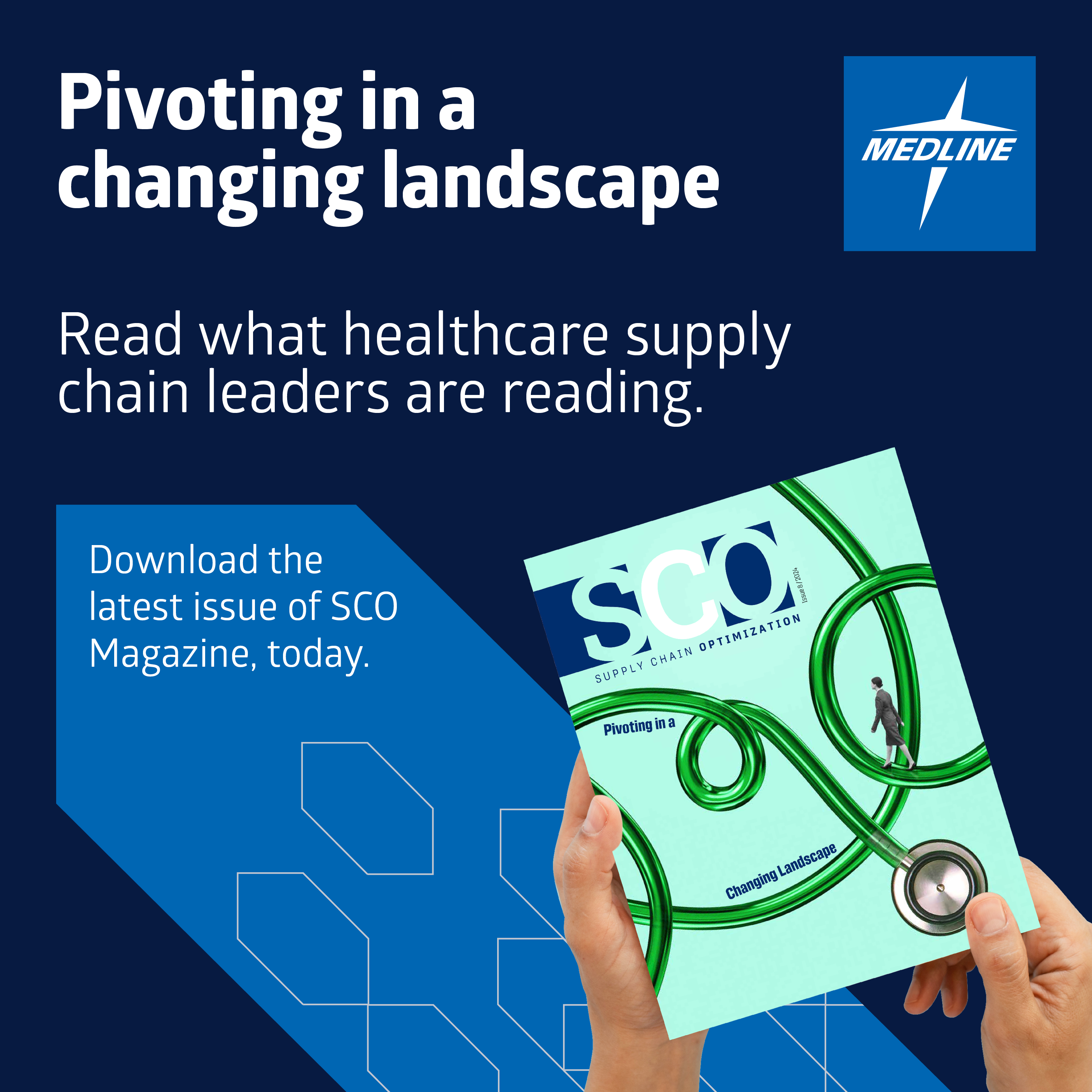Start ‘Here’ to Improve Hand Hygiene

By Mary McFadden, RN, MHA, CIC, FAPIC | November 20, 2018
Over a decade ago I was asked to I redesign the infection prevention department at MedStar Georgetown University Hospital. We hired a new team of multi-skilled preventionists from around the nation who valued basic practices as the cornerstone to prevention of infection. Understanding the complexities of the care we provide, they developed a “Back to Basics” campaign which included effective hand hygiene. There is so much about hand hygiene in the literature, but we discovered programs often neglect to mention the importance of using gloves appropriately and focus solely on hand hygiene.
Here’s the hand hygiene reality.
One study found that 30 percent of healthcare practitioners said they washed their hands with soap and water more than 20 times per shift. More than half said they wore nonsterile gloves for more than two hours per shift.¹
Show them the contamination.
My team decided they needed to provide more education to ensure that hand hygiene processes were being followed properly and also to reinvigorate the understanding of vigilant hand hygiene. A patient safety committee that consists of physicians, nursing leaders and others from various disciplines meets every week to discuss various patient safety topics.
Utilizing this group as a trial audience, we conducted an experiment where we put gloves with paint on them. The point of paint on the gloves is to demonstrate how you remove gloves from your hands without contaminating your skin at the wrists. The paint is supposed to mimic pathogens since we cannot see them. When a person removes their glove, if there is paint on the skin, it mimics germs to show them that the possibility of contaminating skin exists if gloves are not removed properly.
By visually demonstrating the spread of germs from gloves to their skin, we got back to the basics and our clinicians assisted us in re-educating care providers about hand hygiene and the importance of utilizing gloves properly.
We want healthy hands.
The demand to comply with proper hand hygiene protocols impacts the health of our hands. A questionnaire delivered to five hospitals found that 70 percent of nurses had work-related skin irritation and that 22 percent of them had dermatitis on their hands.²
Providing appropriate products:
- We provide clinicians with hand soap, compatible lotion and alcohol-based sanitizer at various locations within the facility.
- When one uses gloves, think about a glove one that moisturizes and adds softness to your skin.
- Do not change a product used on the hands in the winter. Skin typically is dry and can be cracked in the cold months. Don’t shock the skin even more with new products. Doing so prevents you from properly analyzing the efficacy of the product if other elements are causing skin issues.
In all of our care environments, there is room for improvement in hand hygiene. Involve your colleagues in developing new ideas and ways to improve compliance. Develop a catch phrase, have contests, make it fun and help each other to maintain a healthy environment.
Get a better understanding on how to impact hand health and hand hygiene. Mary McFadden is contracted by Medline.
Sources:
1. Hamnerius N, Scewdman C. Wet work exposure and hand eczema among healthcare workers: a cross-sectional study*. British Journal of Dermatology. 2018;178:452-461.
2. Stutz N, Becker D, Jappe U et al. Nurses’ perceptions of the benefits and adverse effects of hand disinfection: alcohol-based hand rubs vs. hygienic handwashing: a multicentre questionnaire study with additional patch testing by the German Contact Dermatitis Research Group. British Journal of Dermatology. 2009;160:565-572.
Mary McFadden, RN, MHA, CIC, FAPIC
Director of Infection Prevention
Mary McFadden, RN, MHA, CIC, FAPIC, is an expert in infection prevention. She is a nurse epidemiologist at MedStar Georgetown University Hospital where she is the director of infection prevention. McFadden redesigned the infection prevention department which included developing multiple task forces to address adverse outcomes in their patient population. McFadden previously led infection control programs at Memorial Health University Medical Center and Hubbard Regional Hospital. McFadden received her Bachelors of Science in Nursing from Assumption College and her Masters of Health Care Administration in Nursing from St. Joseph's College. She is also an APIC fellow.

